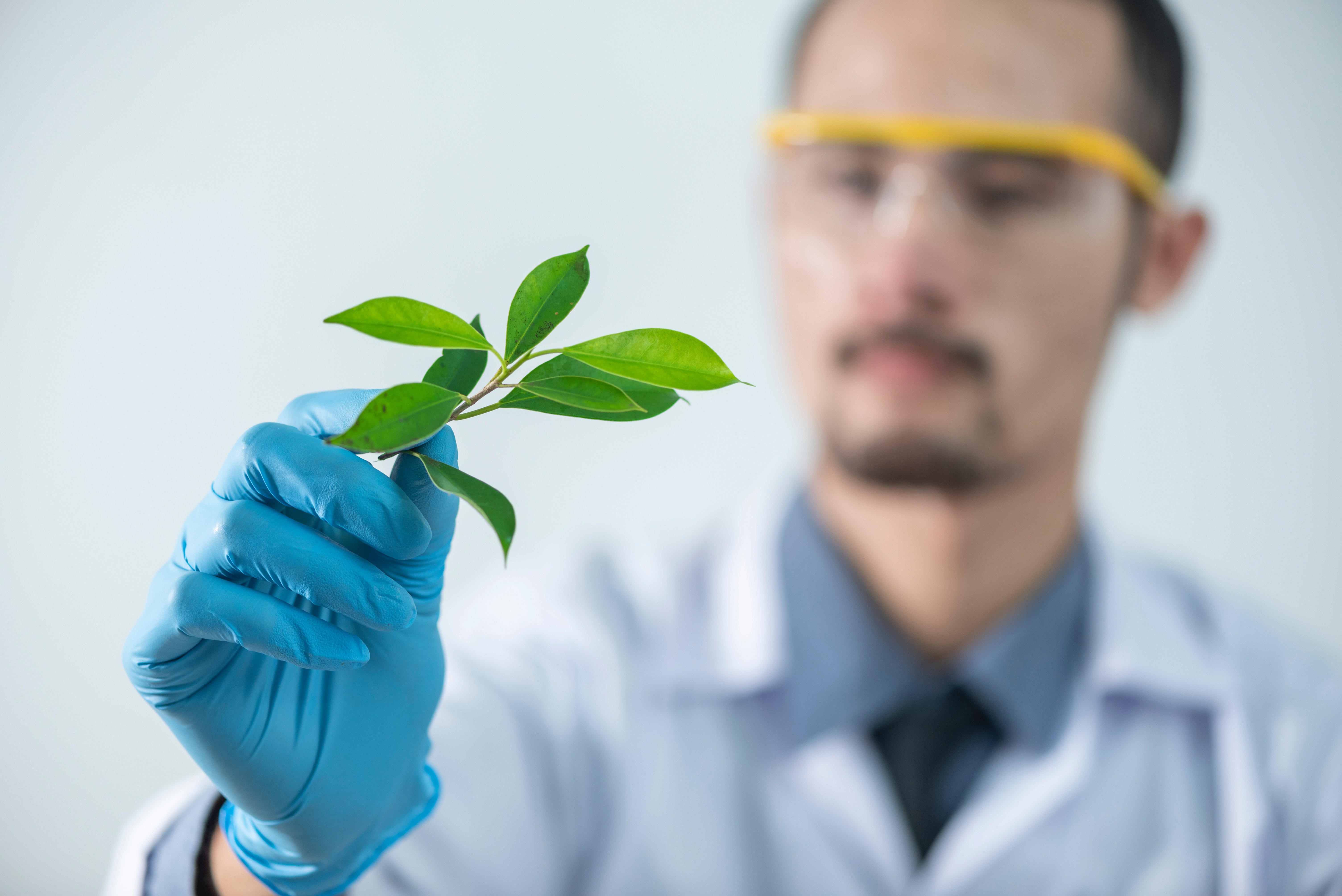The National Products Association (NPA) specifies processes which are permitted in the manufacturing of natural products that qualify for certification by the organization. Processing methods matter for preserving the bioactive properties of the ingredients so that they can effectively benefit human health and well-being. Dr.UGro ™ products have been crafted using processes included in this NPA list.

NPA Approved Processes for Natural Products
Expression
The physical or mechanical cold-pressing of plant botanicals to obtain essential oils
- Reagents: NA
- Catalysts: NA
- Inputs: material derived from plants (flowers, herbs, spices)
Distillation
Processes used to isolate essential oils from plants (i.e. flowers, herbs, spices) through the usage of high pressure steam
Extraction
Physical processes which acquire plant-derived extracts from original botanicals sourced from nature
- Reagents: CO2, alcohol
- Catalysts: none
- Inputs: Plant material in the form of herbs, flowers and spices etc.
Esterification or Transesterification to Produce Esters
The formation of an ester bond between an alcohol and an acid which can be catalyzed by an alkali or an acid.
- Reagents: NA
- Catalysts: sulfuric/phosphoric acid: KCO3, NaCO3, NaOH, KOH, CH3ONa or CH3CH2ONa
- Inputs: Acid and alcohol (e.g. fatty alcohol, glycation, ethanol, acetic acid)
Etherification of Glycerin Making Polyglyceryls
The process of forming ether bonds between two compounds of natural glycerin (see fat-splitting) to form polyglyceryls by heating with an alkali. Polyglyceryl products are indicated by the number of glycerin molecules joined together
Fat-Splitting of Oils to Produce Glycerin and Fatty Acids
Type of hydrolysis which splits natural fats and oils into fatty acids and glycerin
- Reagents: water in the form of high pressure steam
- Catalysts: metal/metal compound catalysts (zinc oxide, nickel palladium, platinum)
- Inputs: triglyceride fats and oils, carbohydrates and sugars
Fermentation
The process of converting carbohydrates into alcohol and carbon dioxide or organic acids
- Reagents: NA
- Catalysts: enzymes
- Inputs: carbohydrates, yeasts, fungi, sugars, bacteria
Glucosidation of Fatty Alcohol and Glucose
The process of attaching glucose to an alcohol through a type of esterification
- Reagents: NA
- Catalysts: Toluene sulfonic acid
- Inputs: glucose and fatty alcohol
Hydrogenolysis of methyl esters of an oil to make fatty alcohols
The use of hydrogen to break chemical bonds through the conversion of a fatty acid ester into a fatty alcohol and methyl or ethyl alcohol (whichever is used for the ester). This process can be utilized directly on the fatty acid without conversion to the ester first
- Reagents: hydrogen sourced from natural gas
- Catalysts: methanol, platinum, palladium, platinum
- Inputs: methyl or ethyl ester of triglyceride fat/oil. Fat/oil original as input
Hydrogenation of oils
The reduction of unsaturated bonds by adding hydrogen with a catalyst to convert unsaturated fatty acids to saturated ones or waxes to oils
Hydrolysis of complex proteins into simple amino acids
The breakdown of complex proteins into water-soluble amino acids or peptides (if partially hydrolyzed)
- Reagents: water
- Catalysts: alkali or enzymes (KOH or NaOH)
- Inputs: proteins, carbohydrates, sugars
Oxidation with Mild Agents
The conversion of alcohols and aldehydes to acids through oxidation
- Reagents: dilute H2O2, silver and copper salts
- Catalysts: copper and silver
- Inputs: alcohols and aldehydes derived from plant sources
Saponification of Oils to Make Soap
The splitting of fats or oils into glycerin and free fatty acids by the addition of an alkali through a type of hydrolysis
- Reagents: alkali (KOH or NaOH)
- Catalysts: NA
- Inputs: triglyceride oils and fats
Protein Fragment Acylation
The attachment of a fatty acid to a nitrogen-containing compound. The fatty acid is converted to a fatty acid chloride prior to the attachment to the nitrogen of a protein fragment
- Reagents: NaOH or KOH
- Catalysts: Thionnyl Chloride or Phosphorous Trichloride
- Inputs: protein fragment and fatty aid
Sulfation of fatty alcohol
Conversion of a fatty alcohol into a sulfate ester to produce a surfactant. The use of sodium lauryl sulfate is not permitted
- Reagents: sulfate/ SO3 and NaOH
- Catalysts: NA
- Inputs: fatty alcohol




